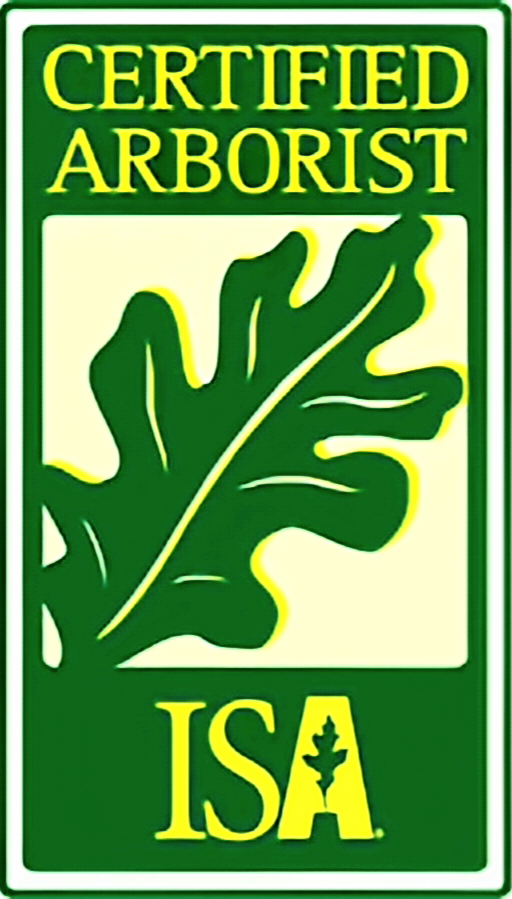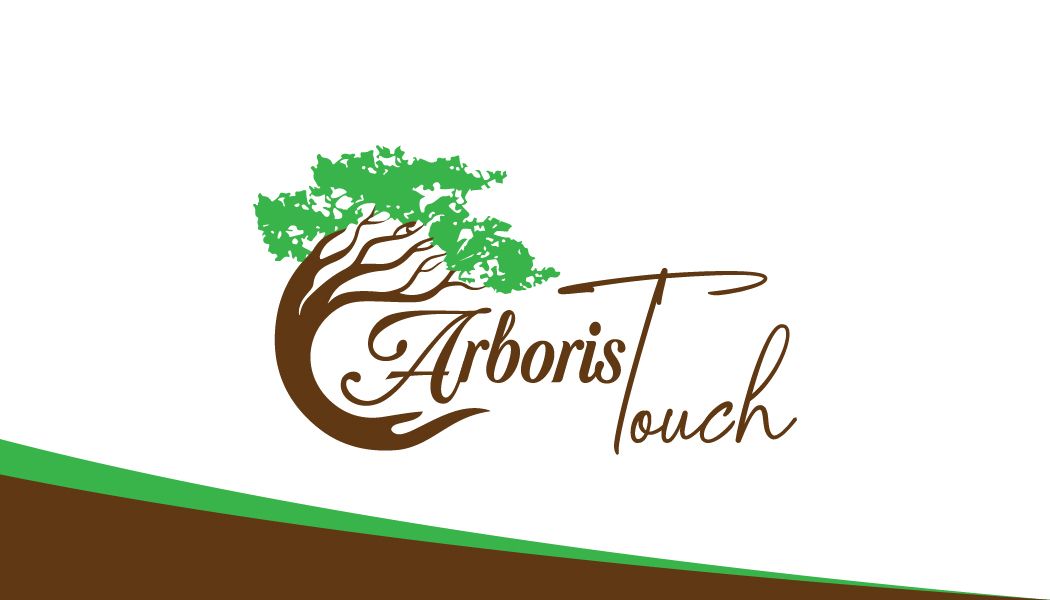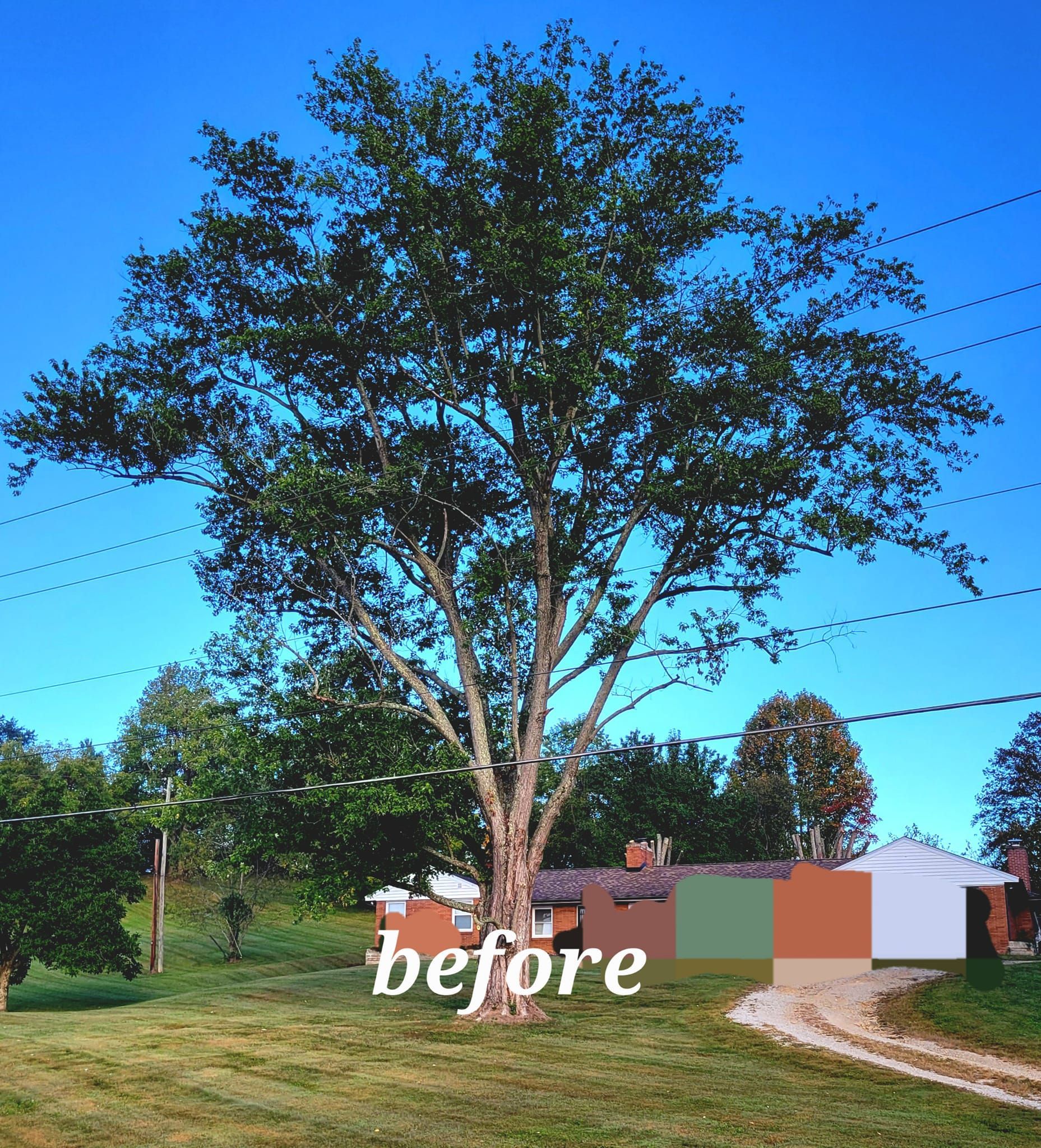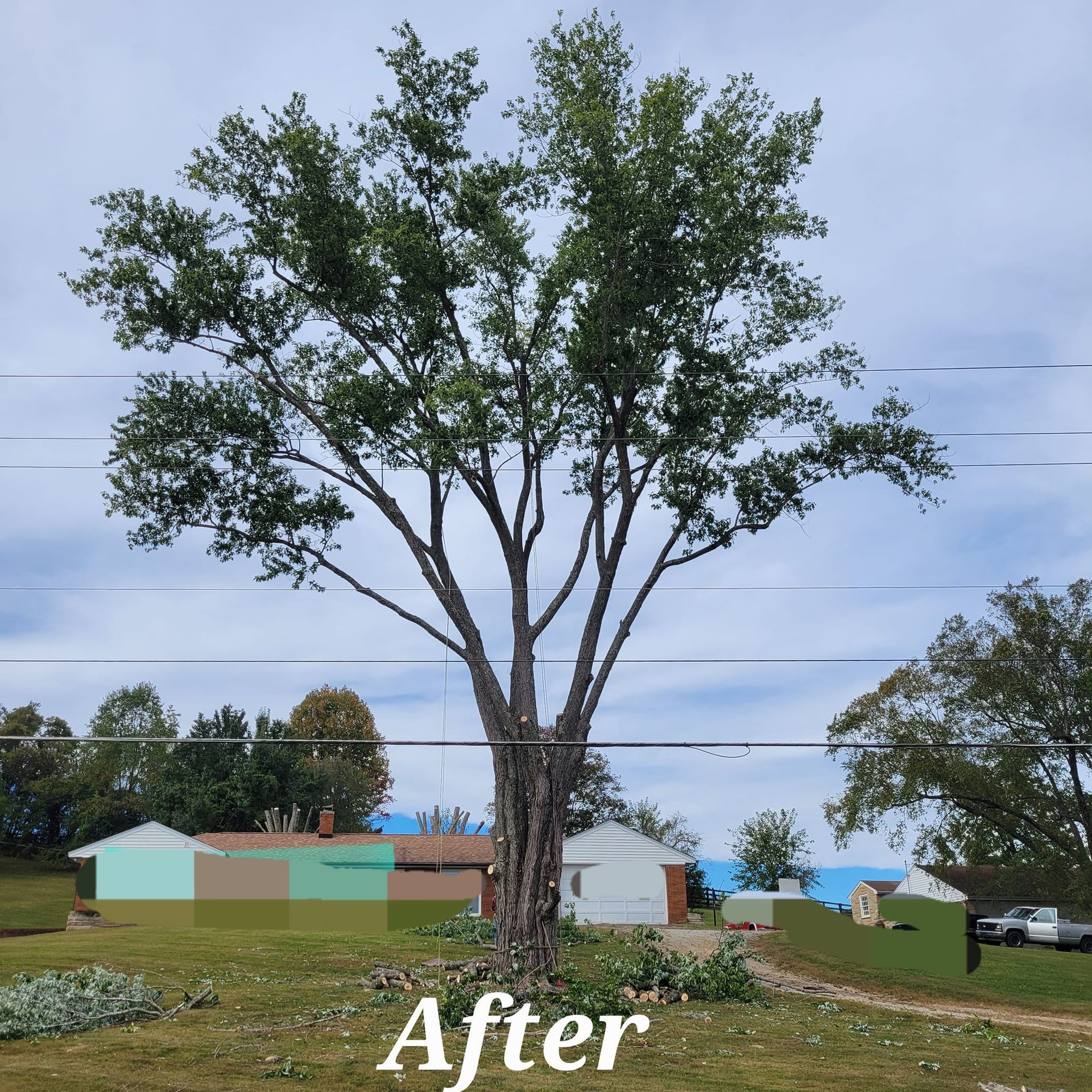Call Us: (740) 464-8609
Tree Trimming
Tree trimming, also known as tree pruning or tree cutting, is a fundamental aspect of tree care and maintenance. It involves the selective removal of specific branches or parts of a tree to enhance its health, aesthetics, and safety. Arborist Touch Tree Services are essential to ensure that trees remain in good condition, promote proper growth, and reduce the risk of potential hazards. Here's an overview of tree trimming services and their significance:
Why Tree Trimming is Necessary
1. Health and Vigor: Regular trimming helps remove dead, diseased, or infested branches, allowing the tree to allocate resources to healthy growth. Pruning also improves air circulation, reducing the risk of fungal infections and other diseases.
2. Aesthetic Appeal: Well-maintained trees contribute to the beauty and visual harmony of a landscape. Proper pruning enhances the tree's shape and appearance, increasing curb appeal and property value.
3. Safety: Trimming eliminates hazardous branches that might pose a threat to people, structures, or utility lines, especially during storms or high winds.
4. Clearance: Trimming can create adequate clearance for buildings, sidewalks, roadways, and power lines, reducing potential interference or obstruction.
5. Fruit Production: Fruit-bearing trees can benefit from trimming to improve fruit yield and quality by redirecting energy to fruit-bearing branches.
Types of Tree Trimming
1. Fine Pruning: Involves the selective removal of small limbs to enhance the tree's overall appearance and shape.
2. Standard Pruning: Focuses on removing larger branches to improve the tree's structure and health.
3. Hazard Trimming: Addresses safety concerns by removing branches that could be a potential hazard, such as weak or overhanging limbs.
4. Crown Thinning: Involves the selective removal of branches throughout the crown to improve light penetration and air circulation.
5. Crown Raising: Raises the lower branches of the tree to provide clearance for pedestrians, vehicles, or structures.
6. Crown Reduction: Involves reducing the size of the tree's overall crown, often done to alleviate stress on large branches or to comply with clearance requirements.
The Professional Tree Trimming Process
1. Assessment: Our certified arborists assesses the tree's health, structure, and overall trimming requirements. The property owner's preferences and objectives are also taken into consideration.
2. Safety Preparations: The tree trimming team takes safety precautions, such as wearing appropriate protective gear and setting up a safe work area.
3. Pruning Techniques: Depending on the tree's species, condition, and requirements, the arborist employs various pruning techniques to achieve the desired results.
4. Cutting and Removal: The team carefully removes the selected branches, ensuring clean cuts that promote proper healing and prevent damage to the tree.
5. Clean-up: The arborists clear the site of trimmed branches and debris, leaving the area neat and tidy.
Hiring Professional Tree Trimming Services
Tree trimming team has the expertise, specialized equipment, and knowledge of tree biology. Hiring Arborist Touch Tree Service offers several advantages:
Safety: Our professional arborists have the experience and equipment to carry out the work safely, reducing the risk of accidents and injuries.
Tree Health: Our arborists also understand tree biology and ensure that trimming is done correctly, promoting the tree's health and longevity.
Property Protection: Arborist Touch Tree Services are skilled in avoiding damage to surrounding structures, landscapes, and utility lines during the trimming process.

Our Services
Contact Information
Arborist Touch Tree Service




